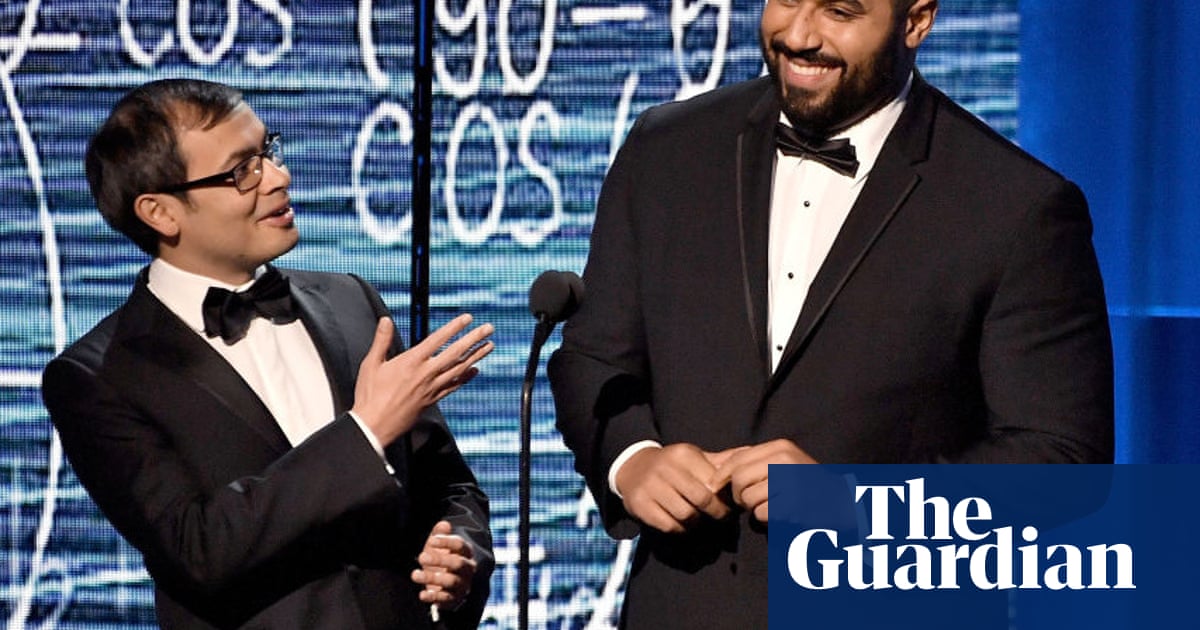The Green Bay Packers lose to the Eagles again.
Falling two votes shy needed to ban the Tush Push, the NFL must, for one more year at least, deal with the indignity of being bullied by the league’s most unstoppable play.
You know, at least when the Eagles run it.
In a stroke of pure, blissful pettiness, the team posted a 26-minute YouTube video of nothing but Tush Push plays in the wake of the vote, a vote that temporarily ends the most ridiculous controversy in professional sports.
For the amount of publicity and attention the Tush Push gets, it’s hard to believe it’s simply a one-yard play. And while it’s wonderful there were 10 owners who sided with Jeffrey Lurie, Howie Roseman and Jason Kelce to keep the play street legal for 2025, it should be noted that its importance to the Eagles’ success over the last three seasons is perhaps a smidge overblown.
Folks, the Tush Push is a one yard play.
That’s it. One yard.
The Tush Push is nothing if you can’t get the other nine yards you need for the first down. The Tush Push is nothing if you can’t matriculate down to the one-yard line with any consistency. The Tush Push is nothing unless you’re a highly functional offense overall.
Yes, the Eagles execute this play better than any other in the NFL. They practice it a lot. They’ve perfected it. They have a unique personnel set that enables them to pull it off. They have one of the largest, most athletic offensive lines in football, a quarterback with the lower body strength of a running back, and an offensive line coach/run game coordinator that may be the very best who’s ever done it.
But this is also an offense that features Saquon Barkley, a 2,000 yard rusher and Offensive Player of the Year. Before that, it featured a run game that featured Miles Sanders, D’Andre Swift, Kenny Gainwell, Boston Scott, and other committee members that provided solid production, not to mention one of the most dynamic running quarterbacks in the league. They have perhaps the best wide receiving duo in A.J. Brown and Devonta Smith, a top-10 tight end in Dallas Goedert, and a system in which everyone is familiar and comfortable with what they’re supposed to do.
The Tush Push is a wonderful security blanket. Knowing you’re going to convert that one yard 95% of the time allows the Eagles a little more flexibility on early downs.
But flash back to the end of the 2023 season as the Eagles turned a 10-1 start into an 11-6 collapse and a humiliating first-round playoff defeat in Tampa. There was no hand-wringing, no rule being drawn up, no secret meeting in some dark basement being had to eliminate this one-yard play.
When the offense struggled to move the ball and the defense was getting gashed on a regular basis, the Tush Push became an afterthought. The Tush Push couldn’t save the Eagles from their late-2023 spiral.
Why? Because it’s a one-yard play.
The Eagles are successful not because of the Tush Push, but because they’re good at everything else. They’re good at drafting. They’re good at developing young players. They’re good at messaging. They’re good at locker room chemistry. They’re good at keeping players healthy. They’re good at free agent signing. They’re good at trades. They’re great at quarterback, at running back, at wide receiver, at offensive line, on defense, and special teams.
There’s no doubt the Tush Push is a valuable weapon in short yardage situations, but it’s more a morale killer than anything else. It’s a soul crusher, and that’s what teams don’t like. They can’t do it themselves, and they can’t stop the Eagles from doing it. It’s sour grapes, and the transparency of their hollow arguments was laid bare for all to see.
There was never a logical reason to ban the Tush Push. There is no great injury risk, at least not yet, and there is only a pace of play issue when Frankie Luvu is acting like a moron. It is simply a one-yard play that teams other teams have tried to utilize but simply can’t make work.
For one more year, the Eagles will Push on, and the rest of the league will stress about the most controversial one-yard play in NFL history.










